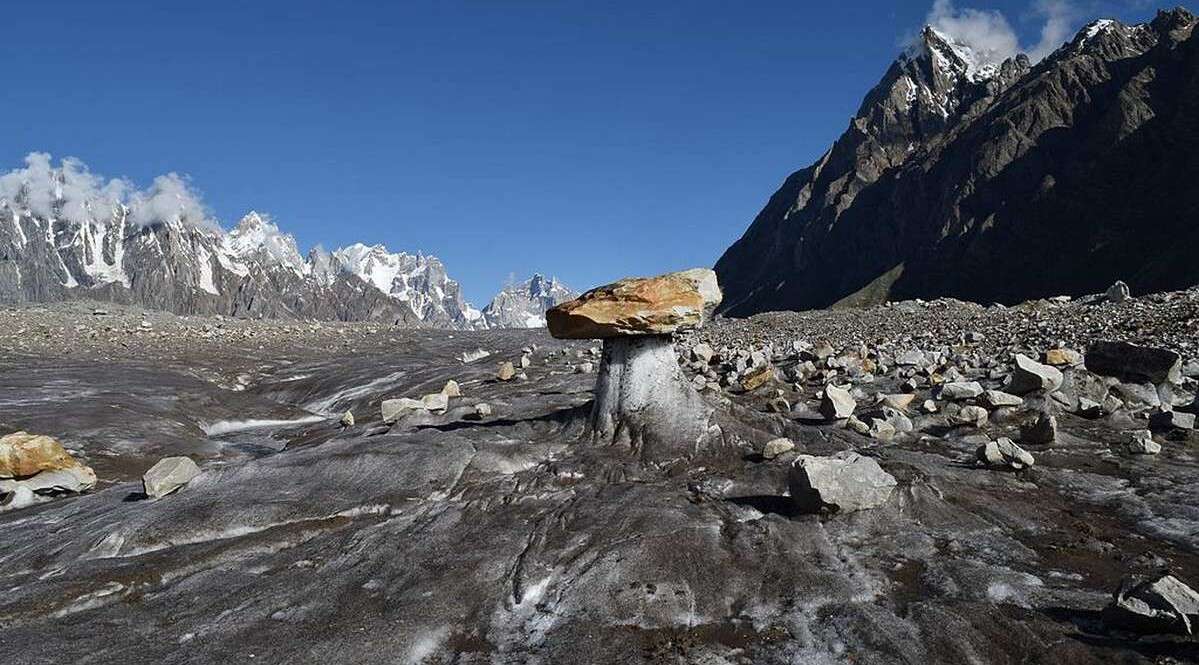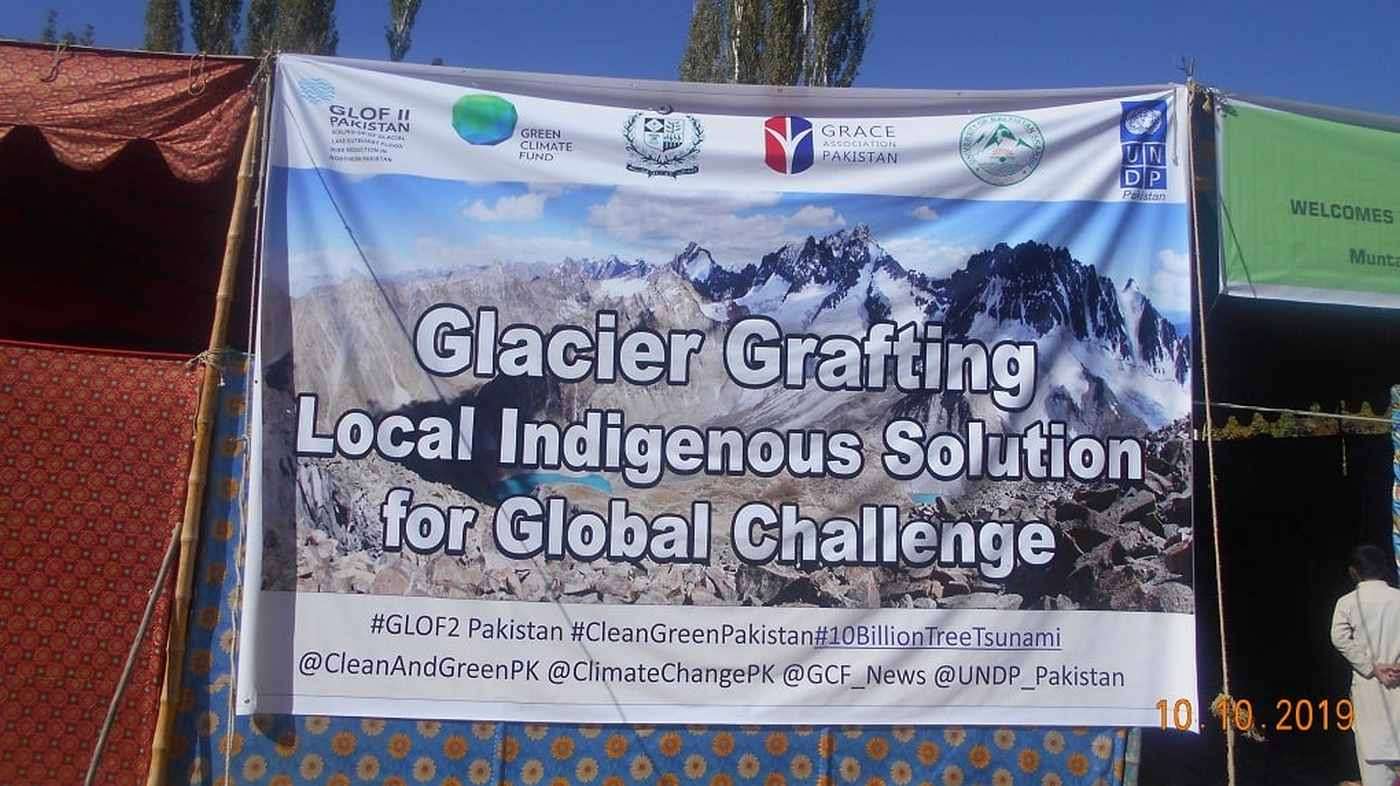Mom and Daughter Reunite With Nurse Who Saved Their Lives 30 Years Ago-Now as Co-Workers
She managed to acquire the £70 cost for the life-saving surgery in 1993 and formed a close bond with Catherine, but lost touch.

Recently, National Public Radio investigated a peculiar practice high in the Himalayas where locals are making "glacier babies" by introducing "male" glaciers to "female" glaciers.
They do this in a secluded place far from voyeuristic eyes where a little magic might happen and create the next generation of glaciers to replace the ones that the locals say have shrunk considerably over the years.
The United Nations has backed the program with several multi-hundred dollar grants which go into the hands of locals in Baltistan Province who must undertake an arduous journey to retrieve chunks of ice from pure white glaciers which local custom holds are female, and brown glaciers which are held to be male (they're brown because of accumulated soil and rock matter.)
Local history records that a religious figure Ameer Kabir Syed Ali Hamdani visited Gilgit-Baltistan in the early 14th century and conducted the first glacier "grafting" which he accompanied with a prayer to god that the glacier would grow and block the pass from enemy attacks.
"They put it into caves, where [the ice is] shaded from solar radiation," mountain hydrologist Jakob Steiner told NPR. "It's much colder. It's going to rain on top as well. So it's going to freeze — so that ice actually grows. You can do this over seasons, because at that elevation it doesn't melt."
For the piece in NPR's Goats and Soda column, that's exactly what the team of men from the village of Chunda, led by village leader Saeed Baltistani, did.
2 years ago, they struck out on a four-day voyage to recover the female ice, which the villagers bashed with hammers until some came off. For the male ice, Saeed's partner Malik took other men up K2, the second-highest mountain on Earth.
A post shared by NPR (@npr)
A village cleric conducted the ceremony high up in a secluded nook on the closest mountain to Chunda, read some verses of the koran while coal and straw swaddled the two young glacier chunks, and sacrificed a goat. The straw and coal is to create a slurry out of any water that melts during the mating process, preventing it from running away.
When Diaa Hadid for NPR visited the glacier 2 years later, the villages were dismayed at first because the glacier baby had not grown at all, but they realized that the ground around the glacier baby had frozen, and that the ice had begun to overtake some large rocks nearby. Saeed, however, said that they probably needed to pump some water up into the glacier baby manger, so to speak.

Indigenous methods of glacier preservation are being investigated by the UN as a kind of sticking plaster in the face of broader climate change. This method of breeding glaciers can be done with little effort beyond the few days needed to gather the ice. It can also be done in several places.
Hadid was told that it takes 24 years for the ice to become an actual glacier, and another 24 before it begins to move, making them a bit of an insurance policy in case other measures to prevent glacier recession fail.
The method has a high success rate—with the Aga Khan Rural Support Program including a glacier grafting project with an 80% longevity out of 19 glacier babies.
SHARE This Climate Change Mitigation Strategy I'll Bet You've Never Heard Of…
Be the first to comment